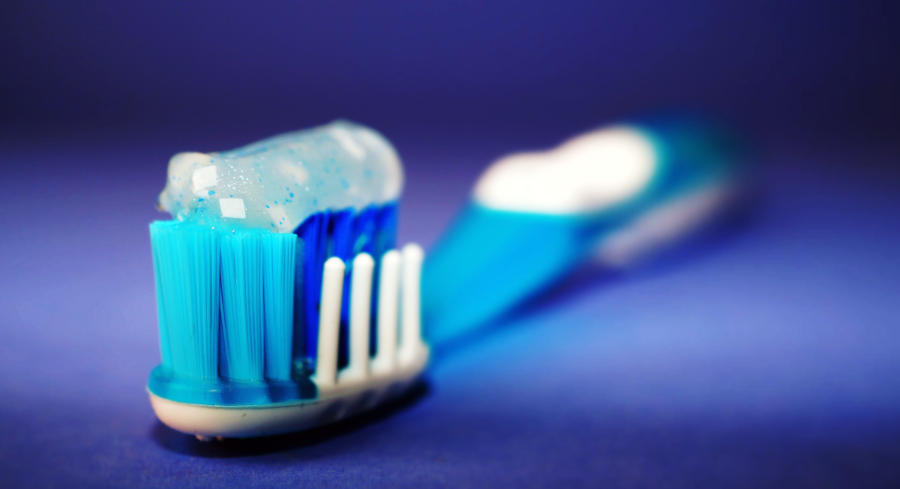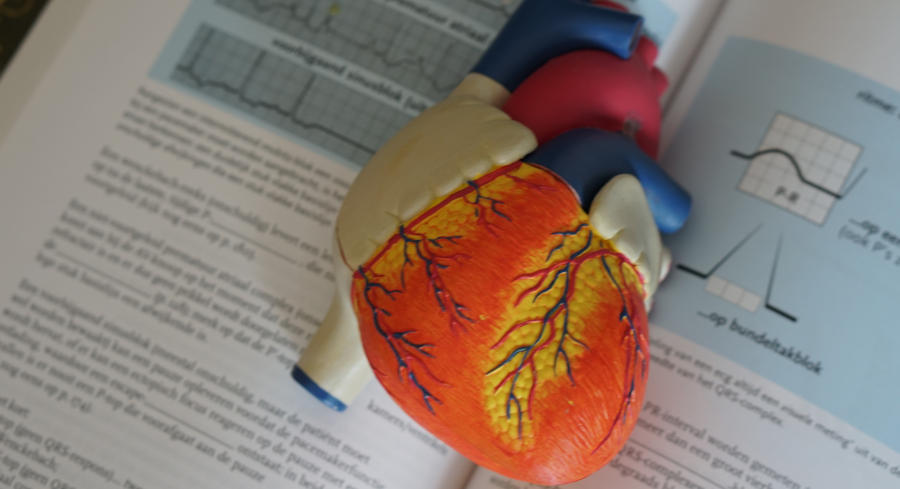

Early orthodontics can improve speech, eating habits, and self-esteem. It also helps prevent tooth decay and gum disease and can normalize skeletal issues that may cause more involved problems down the road if not treated.
Depending on your age, you might remember a time when braces were placed on teeth only after all the primary teeth had come out and the permanent replacements had come in. You might also remember that if there was any crowding, four permanent teeth were frequently removed (usually the bicuspids) so that there was enough room to straighten the remaining teeth. Well, times have certainly changed! As the oldest of the nine dental specialties, orthodontics has experienced changes in how we manage malocclusions as research and the expertise of thousands of orthodontists constantly bring in new concepts and treatment options to the forefront.
Dr. Skarin utilizes first phrase treatment (early orthodontic Treatment) and Dentofacial Orthopedics (growth modification), which modifies adolescent skeletal growth to our advantage. The earlier we can address skeletal issues in a child of crowding, or habits such as tongue thrusts or mouth breathing, the better the eventual outcome of your child’s teeth once all the permanent adult teeth have come in.
Early orthodontic treatment is recommended for children because it helps children avoid more serious dental issues later in life. Children who receive early orthodontic treatment are less likely to develop crowding, crooked teeth, and other problems associated with misaligned jaws. In addition, early orthodontic care helps prevent tooth decay and gum disease.
When it comes to orthodontics, the earlier the better. In fact, according to the American Association of Orthodontists (AAO), the sooner kids visit an orthodontist for early orthodontic treatment, the less likely they are to develop serious oral health problems later on. And while most people think of orthodontics as being expensive, the truth is that it does not have to break the bank. We have many different ways to make orthodontics affordable.
The AAO recommends that children receive orthodontic treatment before age 7 if there are signs of crowding, spacing issues, or other problems with teeth alignment. If your child has already received some early orthodontic treatment, he or she should be checked every 6 months until the permanent teeth erupt.
If your child has crowded teeth, crooked teeth, or gaps between his or her teeth, he or she should see an orthodontist as soon as possible to start early orthodontic treatment. Crowded teeth can cause tooth decay and gum disease, while crooked teeth can lead to jaw pain and headaches. Gaps between teeth can make eating difficult and affect speech.

The most common reason parents delay orthodontic care for their children is that they simply have no idea early orthodontic care exists! Many people have been told that seeing an orthodontist is only necessary for people that have teeth or jaw problems, or that having straight teeth is only for people that care about making their teeth look straight. The truth of the matter is that having straight teeth is important for our health in many different ways and seeing an orthodontist around the age of 7 has scientifically shown positive results in patients.
The second most common reason parents delay orthodontic care for their children is that many people are skeptical about early orthodontic treatment. We understand! We encourage parents to be skeptical about when they should start having their child visit the orthodontist.
There is no question that early orthodontics can make a huge difference in the eventual bite of the patient. What is important is determining if early treatment will make a significant difference and if the time expense and effort is actually worth it or if the result will still end up requiring tooth removal or the possibility of jaw surgery. The only way to know if phrase one orthodontic treatment is worth it is by seeking out an opinion from an orthodontist.
Every orthodontic practice charges for early treatment in addition to the cost of braces and extra orthodontic treatment. However, this is confusing for people because patients feel that if they go through early orthodontic treatment and pay for treatment to help make braces easier down the line and with less orthodontic problems, the cost of getting braces later in life should be less, right?
Unfortunately, this is not how it works for a lot of offices. Orthodontic practices often charge for early orthodontic treatment and then charge for a regular full treatment fee for braces later on on top of the first phrase treatment cost. In effect, this makes people feel like they are double paying. Why go through early orthodontic treatment if it will cost more in the end?
We on the other hand, do not engage in this practice. We want to encourage and reward our patients for seeking out early orthodontic treatment, which is why we subtract the cost of early orthodontic treatment from the cost of braces so our patients do not end up double paying. Furthermore, we asses costs based on the difficulty of treatment. This is also not always the case at many practices. Other practices will charge a set rate for braces, which means if you do early treatment the rate for braces is the same.
For us, since we charge for braces based on the difficulty of the case, our patients that go through early orthodontic care generally have much lower costs when they do have braces down the line since early orthodontic care sets our patients up to have braces for significantly less time and with easier treatment and less dental compromises as an adult. Overall, it is a win-win for both the patient and for Dr. Skarin.
One of the most obvious benefits of having straight teeth is that straight teeth makes it much easier to keep all the nooks and crannies of the mouth and teeth clean of acids and bacteria. When teeth are overlapping and in less than ideal positions, the angles can make it much more difficult to get the toothbrush in between the teeth to keep them clean of plaque.

While children eventually lose their primary teeth as their secondary teeth move into place, having good gum health for children is still important. Even as a child, if teeth are not cleaned well at an early age, this affects the development of the teeth and gums that lasts throughout adulthood.
While it may seem like the health of the mouth has very little to do with someone’s overall health, the truth of the matter is that the heart and the mouth are closely linked. When gums bleed and lead to infection, the bacteria from that infection can spread to the inner lining of the heart and can cause endocarditis. Endocarditis is a condition where the bacteria on the lining of of the heart prevents the valves of the heart from functioning well, which can result in a heightened risk of heart attack.
While endocarditis is a serious condition and occurs in more severe cases, it is important to understand that having straight teeth is about a lot more than having beautiful looking teeth. Most all orthodontists offer complimentary consultations. Please take advantage of these consultations and ensure your child’s teeth are in a position to be well maintained into adulthood. We offer complimentary consultations that are much more extensive than what is normal nowadays and at no risk to you and without commitment.

Straight teeth look great… but there are more benefits to having straight teeth than meets the eye. Here are two of the biggest reasons it is important for children to be on the right path to having straight teeth:
Having teeth that are aligned can make it much less likely for your teeth to chip or become damaged. Teeth that are in a straight and uniform position fit together in a way that allows the force of trauma (accidents, trips and falls, earring hard foods, sport injuries) to be more evenly distributed.
Teeth that are out of place make it much harder to keep your teeth clean. If you would like to see evidence of this, we offer complimentary tablets that can be taken after you brush your teeth which show in pink which areas of your teeth still have plaque, indicating the toothbrush did not brush that area.
If you think about a tooth brush, a toothbrush has bristles that are attached to a plastic head. To be most effective in cleaning your teeth, the toothbrush has to be angled so the tooth bristles are aligned with the gumline. Unfortunately, if the teeth are in less than ideal positions, angling the brush head to the gumline becomes much more difficult.
There are many ways we can help straighten your child’s teeth without using using braces in order to make brushing more effective, but to also ensure when your child needs braces as an adult, their adult teeth come in with much fewer complications.
If you notice any signs of tooth decay or gum disease in your child, please contact your dentist to schedule an appointment. It’s also important to keep track of your child’s daily habits, such as brushing and flossing, eating healthy foods, and limiting sugary snacks.
In addition to regular checkups, your pediatrician should be aware of any changes in your child’s teeth, gums, jaw, or bite. If you notice anything unusual, schedule an appointment with your dentist and orthodontist right away.

It is advisable that as a parent, you watch for early warning signs that might suggest you call for an orthodontic evaluation. Some of the signs include the following:
Early orthodontic treatment is an essential step in improving the appearance of teeth and preventing future dental issues. In fact, early orthodontic treatment has been shown to improve self-esteem and reduce anxiety among children who receive it. If you see some of the issues above, please call one of our offices and we will be happy to set up a complimentary consultation with you and Dr. Skarin. No referral is necessary.
A: In most cases, where early orthodontic treatment is recommended, the immediate treatment objective will be one or more of the following:
A: A thorough evaluation of the diagnostic records will determine if early (timely) treatment will achieve any of the following:
If the benefits and opportunities outweigh the time, effort, and expense involved, early treatment is Thea appropriate choice.
A: In most cases, yes. After permanent teeth have erupted, treatment is usually necessary to complete the work that was started in the earlier phase. The objective of continued treatment is to place permanent teeth in position of optimal comfort, function, esthetics, and long-term stability.
A: For most children, this growth-observation period will involve a combination of retaining the correction that’s been made, and guiding the erupting permanent teeth into favorable positions. Since the timing of treatment is critical, your child’s growth and development will be carefully monitored during this period.
A: Early removal of selected teeth may be necessary to guide the eruption of permanent teeth. Carefully timed extractions may prevent a variety of problems, including:
4 N Washington St.
Naperville, IL 60540
630-369-0045
803 N Bridge St.
Yorkville, IL 60560
630-553-5227